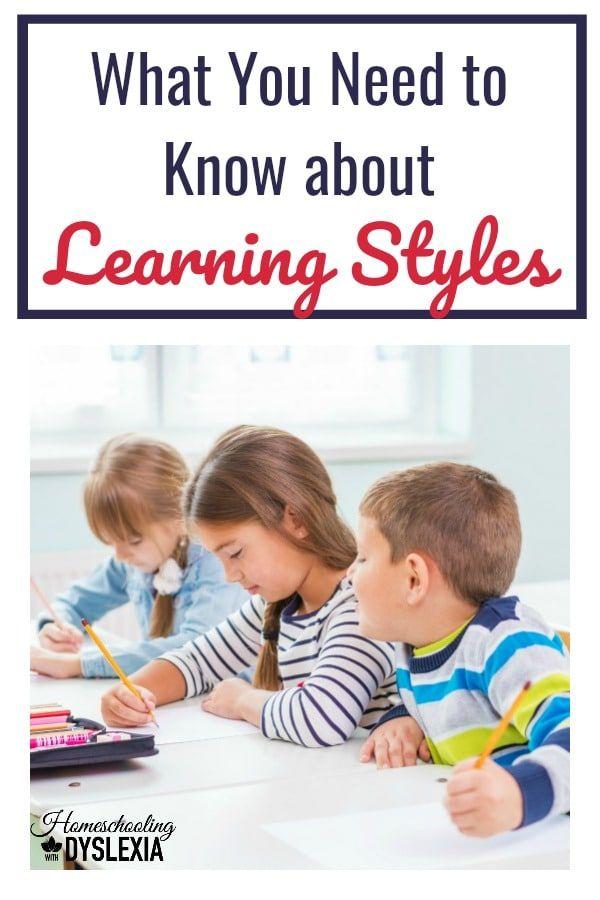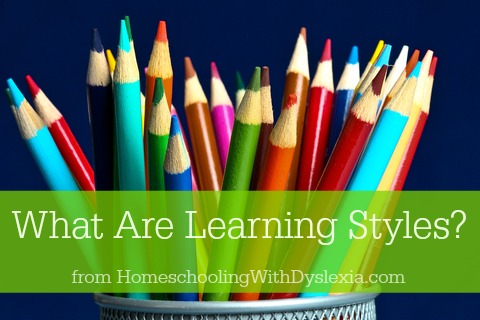Understanding your child’s learning style will help you teach them the way that they learn. Some of the different learning styles are auditory, visual or kinesthetic pathway. Let’s take a look at the different ways your child may learn.
What is a Learning Style?
Learning style is a broad term used to describe the factors that influence all aspects of learning. You may have heard the common, simplified view of learning styles as a choice of either the auditory, visual or kinesthetic pathway. While all people use every one of these pathways for learning; most people prefer one over the other. There are many factors that affect a person’s ability to learn.
One of the most widely used and researched models of learning styles is the Dunn and Dunn model which is outlined by the following areas of individual preference:
Environmental
- sound
- light
- temperature
- design
Is your child effected by noise or bright lights? Do they struggle with a cluttered work space?
Emotional
- motivation
- persistence
- responsibility
- structure
Does your child lack confidence or get overwhelmed by big projects? Do they thrive with a loose schedule or do they need instruction every minute?
Sociological
- learning by self
- pairs
- peers
- team
- with an adult
Does your child like working with others, by himself or does he need you right next to him?
Physiological
- perceptual preference (auditory, visual, kinesthetic)
- food and drink intake
- time of day
- level of mobility allowed
Does your child learn better by hearing, seeing, or by getting her hands on things? Do they learn better in the morning or in the afternoon? Does your child need to move around and stretch frequently?
Psychological
- global or analytical preferences
- impulsive or reflective
Does your child need to learn the big picture first? Does your child need time for quiet reflection?

Freedom for Individualization With Homeschooling
While the length of this list this might make this seem overwhelming at first, it really is fairly intuitive. You can also see why homeschooling provides more freedom to adapt these many factors for the individuals in your family. By intentionally observing your children everyday with these factors in mind, you will come to know what triggers struggles for your child. I have one daughter who simply cannot focus if there is a lot of noise in the room. I have another daughter who likes to listen to music while she does her schoolwork. This isn’t done overnight. Adjusting your homeschool to create a more effective learning environment can be done and perfected over time.
The freedom to adapt your teaching method to your child’s individual learning style is one of the main benefits to homeschooling the dyslexic child.
Dyslexic students have often been said to have a ‘learning disability’. I am going to step out on a limb here and say that it would be at least equally fair to say that dyslexic learners are suffering from a teaching disability. This is not to say that teachers are inherently incompetent. Most teachers are sincere in their desire to effectively teach their students. The most effective teaching style for the dyslexic learner is not easy to implement in a classroom of 30+ children, all at different levels with a variety of differing learning styles.
‘Typical’ Learning Styles of Dyslexics
As many as 80% of struggling learners are right-brain dominant. Not that right-brain dominance is a weakness. Considering that most school curriculums teach in a more left-brained style, it makes sense. Look at the following chart of right and left-brain functions and then think about what style of learning would benefit most from the typical public or private school classroom: workbooks, worksheets, rote memorization, timed tests, lectures. If your child is struggling with these methods of schooling, you may do well to change the way you are teaching. By tapping into the strong right-brain strengths – music, color, emotion, humor – you are in a sense, speaking their language.
| LEFT BRAIN FUNCTIONS | RIGHT BRAIN FUNCTIONS |
| uses logic | uses feeling |
| detail oriented | “big picture” oriented |
| verbal | non verbal |
| facts rule | imagination rules |
| words & language | symbols & images |
| math & science | philosophy & religion |
| order/pattern perception | spatial perception |
| knows object name | knows object function |
| reality based | fantasy based |
| forms strategies | presents possibilities |
| practical | impetuous |
| safe | risk taking |
Learning Styles and the Homeschool
According to the International Dyslexia Association, “dyslexic students need direct, systematic and individual instruction in reading and spelling and traditional schools do not always provide adequate levels of service“. The following list summarizes the benefits of homeschooling to the unique learning styles of dyslexic kids.
- Allows for the necessary individualized instruction in all subject areas.
- Allows for kids to focus on areas of interest and for lessons to be planned around those interests.
- Allows for freedom from being measured against peers, day in and day out, with no learning difficulties.
- Allows for your child to work at their own pace using resources that work best with their individual strengths.
- Homeschooling necessarily avoids the rigid scheduling and standardized testing {and the practice of teaching to the test} that is required in the public schools.
How to Determine Your Learning Style
If you want to understand the learning styles of you and your children, you can take a learning styles assessment to find out quickly how you and your child(ren) learn best. Our school group had the opportunity to hear Mariaemme Willis, author of the book Discover Your Child’s Learning Style: Children Learn in Unique Ways – Here’s the Key to Every Child’s Learning Success speak on the importance of understanding learning styles in the homeschool. She has created a very comprehensive online learning style evaluation. It includes not only talents but also other aspects of learning such as interests, modality, environment, and disposition – a very detailed assessment. I was not so surprised by my own assessment – I know myself pretty well. However, I was definitely surprised by some of my kids’ results {although they were not!}. Mariaemma has offered my readers a $5.00 discount on the learning style assessment. Click here for more information. Have all of your kids take the assessment – you may be surprised at what you learn!
Find out the learning style of you – the teacher. We will tend to teach in the way that we learn best. If we tend to learn best with textbooks but our child doesn’t, we can end up with a lot of tears and frustrations. Learning more about the specific learning styles within your family can be very helpful in understanding how to work with your child instead of against them.
Helping your child(ren) to learn how they learn best is critical for equipping them to be successful and independent learners, both now and in the future.








What a great wesite! I love all the ideas and hands on lessons.
I am looking for any ideas and lessons to help build reading comprehension.
Estou me mudando pra Zorlango não falo inglês,tenho 3 filhos e o do meio Luis ele tem 8 anos e tem dislexia,estou apavorada.
Vc pode me dar umas dicas de escola por lá,estou desesperada,
Aqui no Vrasil eu tenho todo o alicerce da escola,psicóloga,pedagoga agora fora do nosso país é muito difícil…
Se puder me sjudsr com algo
This information is excellent. I 100% believe that there can be a clash in learning by the teacher to student interaction. I have realized that being an effective teacher is really getting to know more about the one you are teaching, it’s not about what the teacher is comfortable doing but what the child needs to be stimulated and foster learning in them.
Marianne, Thank you very much. I have learnt so much from your resources. I find then very useful as i use the ideas with the children whom I work with in my after school program. They can feel the difference, express the learning they experience and smile from ear to ear.